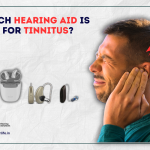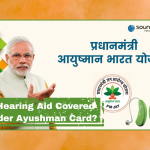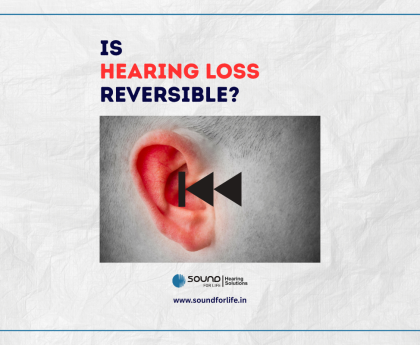If you wear hearing aids, chances are you’ve experienced that sudden, sometimes startling, whistling sound. It might happen while you’re putting on a scarf, giving someone a hug, or even just adjusting your hearing aid. While it’s a common occurrence, it can be pretty annoying and sometimes a little embarrassing if others hear it.
We call that whistling sound “hearing aid feedback.“
Consider it analogous to the scream that occurs when a microphone is held too near a speaker. Compact, powerful devices, hearing aids are loaded with receivers, amplifiers, and microphones. A feedback loop is produced when sound that is intended to enter your ear canal escapes and is picked up by the microphone of the hearing aid.
You hear that as a high-pitched whistling, chirping, or squealing sound.
While many modern hearing aids are equipped with feedback cancellation technology, it doesn’t always eliminate whistling completely. So if you’re still hearing that sound, it’s worth understanding what might be causing it and more importantly, what you can do about it.

Poor Fit
Over time, your ears can change shape due to aging, weight changes, or simply natural variation. If your hearing aid or earmold no longer fits snugly, sound can leak out, get picked up again by the microphone, and cause whistling.
In other cases, the improper insertion of the hearing aid or even just a slightly off angle can create gaps that allow sound to escape that cause whistling in the hearing aid.
What You Can Do:
- Carefully take out and put back in your hearing aids.
- Ensure they are situated correctly and feel safe.
- See your audiologist or hearing care professional (HCP) for a refit or new earmolds if the fit is still loose.
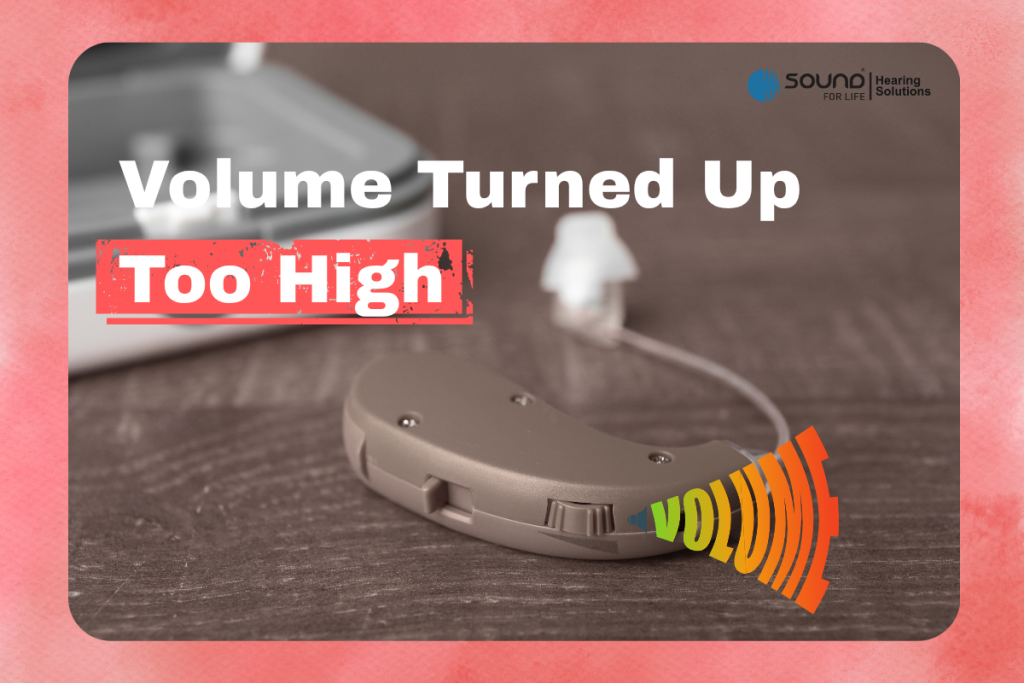
Volume Turned Up Too High
If you’re having trouble hearing, it may be tempting to turn up the volume, but doing so can cause amplified sound to leak out before it reaches your eardrum, leading to feedback (whistling) in the hearing aid.
What you can do:
- Lower the volume a little.
- Your hearing may have altered if you always need it loud to hear clearly.
Making an appointment for a hearing test and a hearing aid adjustment is a smart idea.
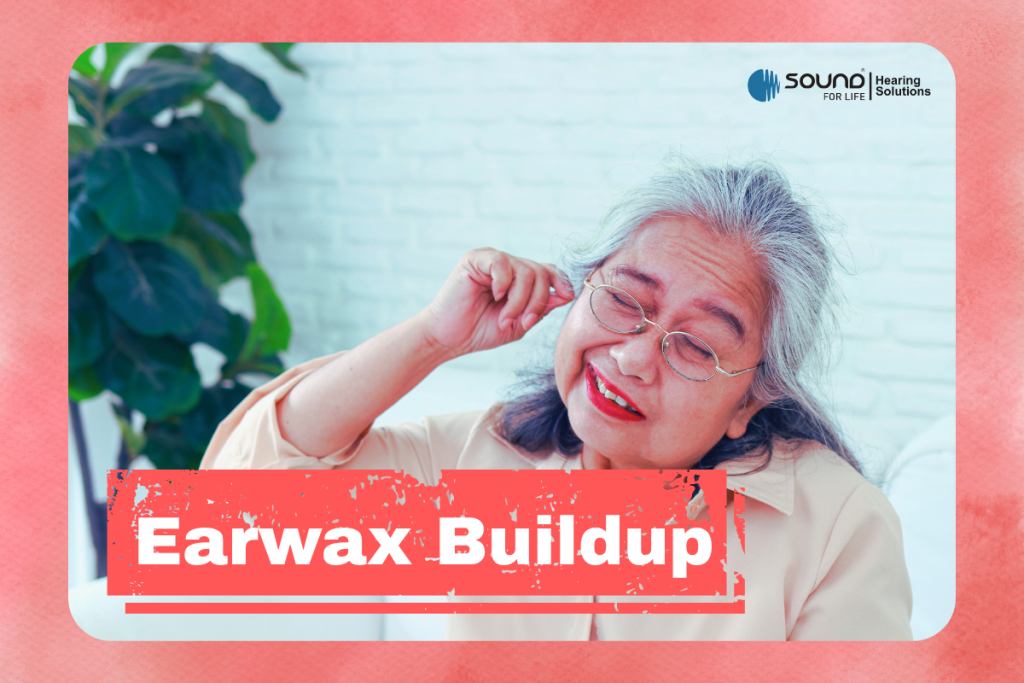
Earwax Buildup
Your ears naturally produce wax to protect and clean themselves. However, excessive wax buildup might obstruct the ear canal, which means that sound will bounce back towards the aid rather than enter your ear.
Additionally, wax can block the microphone or receiver of the hearing aid, preventing sound from being delivered properly and producing feedback.
What You Can Do:
- Get your ears examined and cleaned professionally.
- Using the instruments your audiologist has given you, clean your hearing aids on a regular basis.
- Cotton swabs can push wax deeper into the ear, so avoid using them.
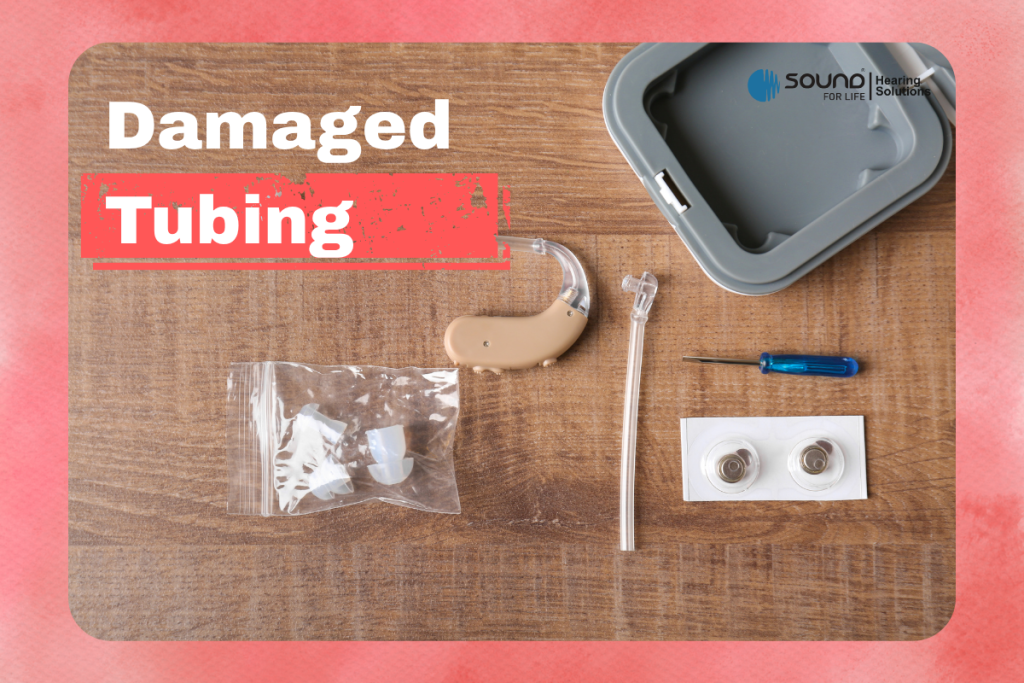
Damaged or Old Tubing
If you wear behind-the-ear (BTE) hearing aids, the thin tube that connects the hearing aid to the earmold can degrade over time. Changes in the Tube like discolouring, shrinking, stiffening, or breaking can all have a significant impact on the seal and can cause feedback.
What You Can Do:
- Check the tubing regularly for any signs of changes.
- As part of routine maintenance, have it replaced by your HCP or audiologist .
- Don’t wait until the tubing completely fails, preventative replacement can save you from unexpected whistling.
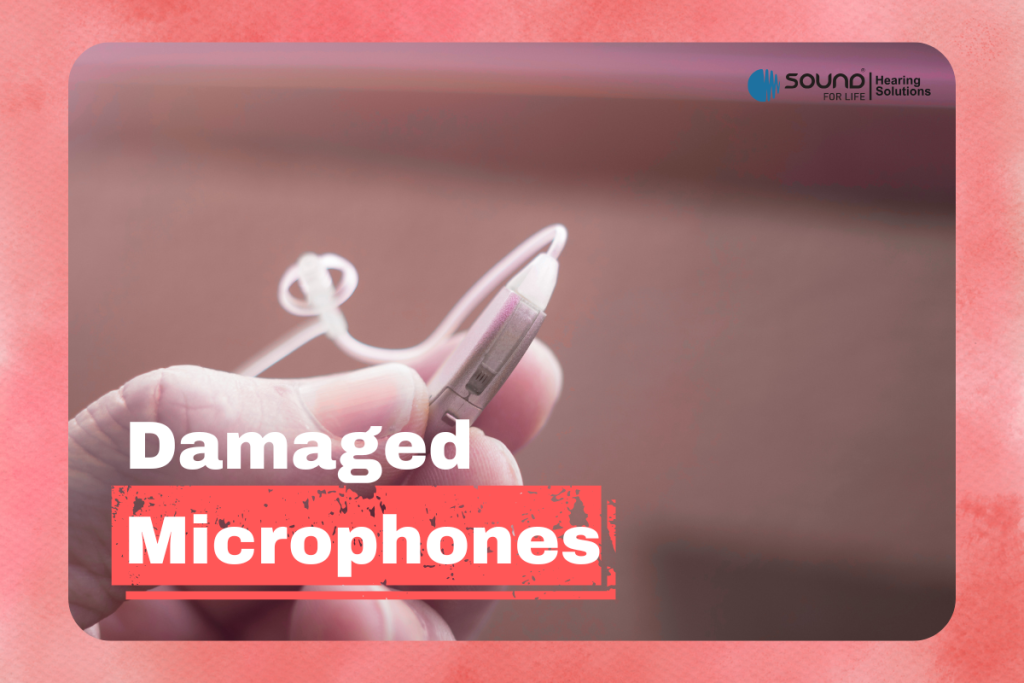
Dislodged or Damaged Microphones
Microphones and other delicate parts are susceptible to displacement or damage from normal wear and tear, hard treatment, and even damp exposure.
What You Can Do:
- Avoid attempting to repair internal damage on your own.
- To get your hearing aids inspected and repaired, take them to a specialist.

External Factors: Scarves, Hats, Hugs, and More
Feedback can occasionally be caused by something other than a malfunctioning hearing aid. It may be brought on by your environment:
- Sound can be redirected into the microphone by wearing a scarf, cap, or tight-fitting earmuffs.
- Hugging someone might cause a little sound reflection or momentarily block the hearing aid.
- When you smile or chew, your jaw can move sufficiently that causes your ear canal’s seal to rupture.
What you can do:
- When wearing scarves or hats, take care to position them so they don’t come into contact with your hearing aids.
- Leaning your hearing aid sideways during hugs may be beneficial.
- Remember in such situations it is common to receive brief feedback or whistling in the hearing aid.
Normal “Transient” Feedback
Sometimes when you put in or take out your hearing aids, you can hear a tiny squeal or whistle. This usually happens when the device is turned on before it is properly placed in your ear.
What You Can Do:
- Inserting the hearing aid correctly and quickly after switching it on can help reduce the whistling of hearing aids. Many models include a short delay before they power up, to give you time to fit them properly.
- Make sure the device fits snugly and securely by checking it twice after inserting it. A good fit keeps your hearing experience comfortable and seamless by reducing the likelihood of feedback-induced high-pitched noises.
How Modern Technology Helps
More sophisticated than ever, many modern hearing aids include automated feedback suppression algorithms that can quickly identify and eliminate input. When your ears are clean and healthy and your hearing aids fit properly, these systems function at their optimum. Don’t panic if you continue to hear bothersome or frequent whistling noises; your audiologist can assist you. They may fine-tune the feedback management settings, make adjustments to improve the fit or sound quality, or recommend a different hearing aid style that’s less likely to produce feedback, such as deeper-fitting Invisible-in-Canal (IIC) models. A better and more pleasant hearing experience is guaranteed with the right assistance.
Practical Tips to Reduce Hearing Aid Whistling
For proper handling and avoiding feedback, follow the quick checklist given below:
- While inserting a hearing aid make sure that it sits correctly each time.
- Keep your hearing aid clean and dry, check for wax blockages regularly.
- If you frequently develop a lot of earwax, schedule routine ear cleanings.
- Replace old or damaged tubing.
- Refrain from covering your hearing aids with hats, scarves or embraces over hearing aids.
- If you notice whistling, turn the volume down.
- Schedule routine maintenance and refits with your audiologist.
- Don’t hesitate to ask about newer technology with improved feedback control if your devices are getting older.
When Should You See a Professional?
Whistling of the hearing aid is common if it is occasional, but loud or continuous whistling should not be ignored. It is an indication that something needs to be fixed, whether it’s a fitting problem, a malfunctioning device, or even a shift in the condition of your hearing health.
If you observe:
- Feedback occurs often even in the absence of outside stimuli.
- It is absolutely time to consult your HCP or audiologist if you are experiencing new hearing difficulties or discomfort from your hearing aids.
They may be able to assist you in identifying the problem and coming up with a fix that will guarantee you to hear well without the annoying whistling background.
Let’s Remember:
Although it might be annoying, hearing aid whistling is typically a resolvable issue. Regardless of the cause there are always steps you can take to prevent it, may it be fitted poorly, wax accumulation, excessive volume, or typical outside factors.
Additionally, keep in mind that the purpose of your hearing aids is to enable you to fully appreciate the variety of sounds in your environment. A little whistle shouldn’t stand in the way. Your hearing and your hearing aids will continue to function at their peak with regular maintenance, healthy lifestyle choices, and a collaboration with your audiologist.


